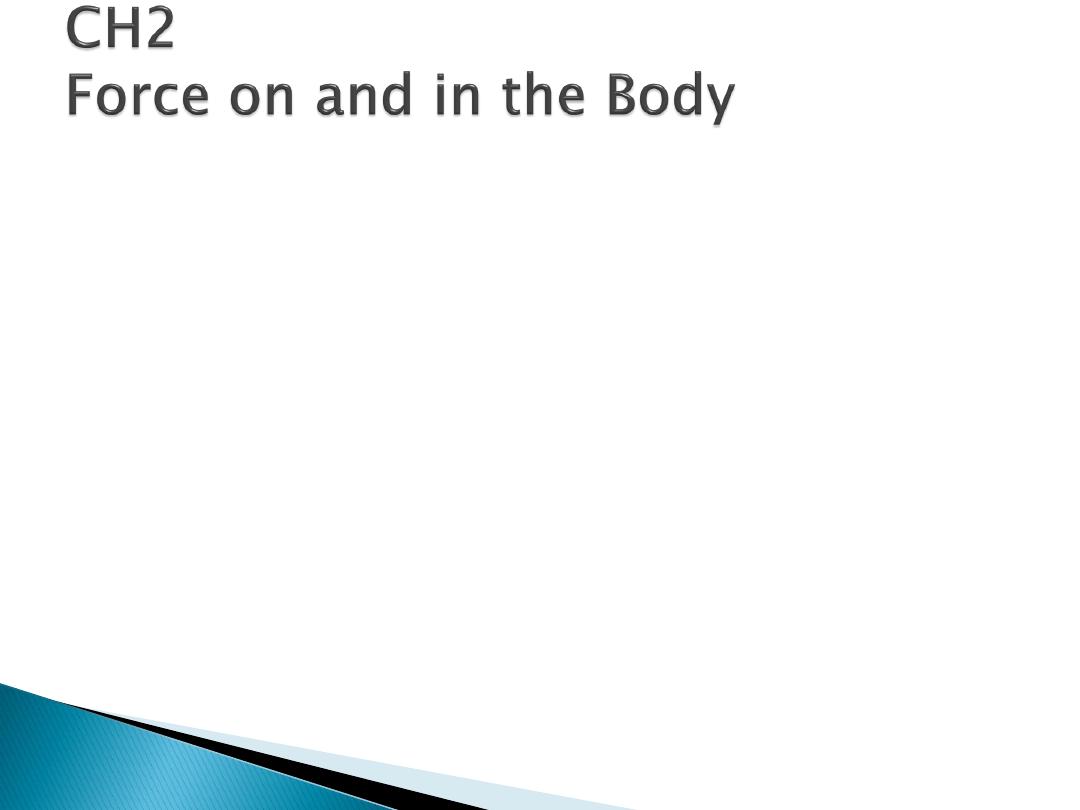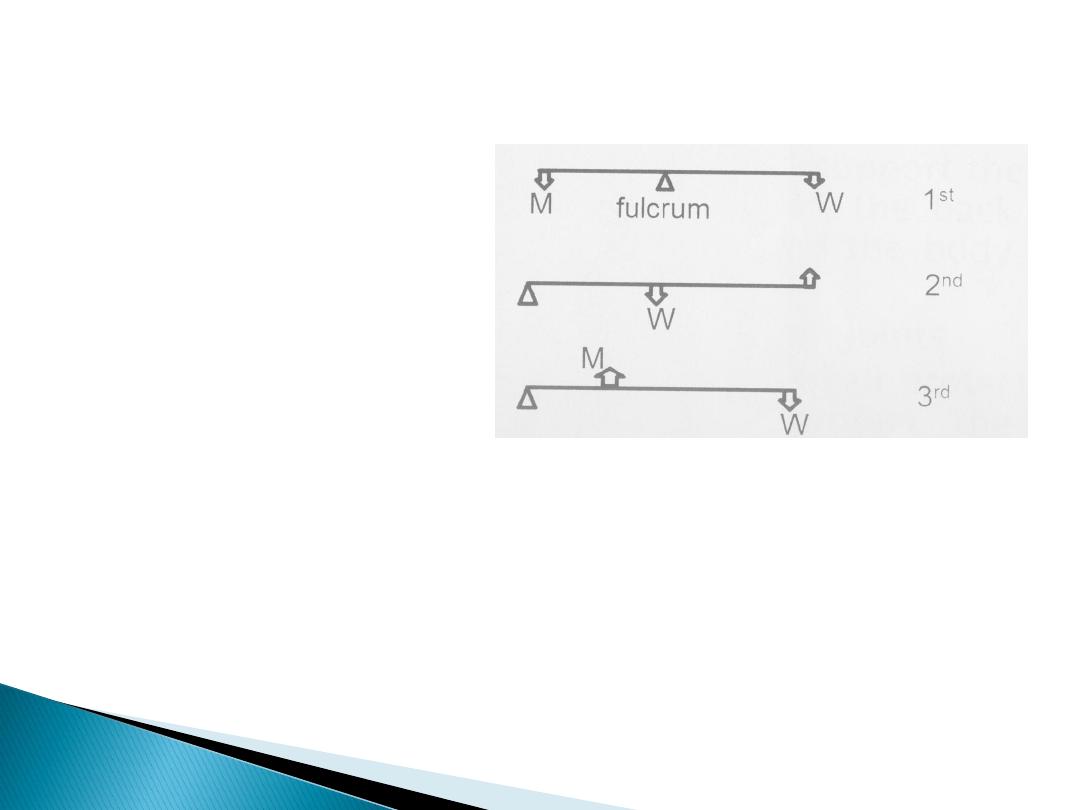
Dr. Taqey Ali AlMosawey

Medical physics is the term of
a science that overlaps with
the two fields of medicine and
physics and it refers to the
applications of physics to the
function of the human body in
health and disease .

i.e. physics of physiology and the
application of physics in the
practice of medicine i.e. laser in
medicine, ultra sound in
medicine, ….. e.g.: X-ray, sound,
ET scanner, MRI,
sphygmomanometer, ECC, EMC,
EEA, … etc.

In medicine the quantities are
measured in nonstandard units
e.g. pressure in mmHg intend of
N/m
2
or dyne/m
2
.
There are two groups of physics
measurement in the body which
are repetitive and nonrepetitive,

the repetitive is the number of
repetition per second, minute …
e.g. pulse rate (70/minute)
breathing rate (16/minute men
and 20/minute women) and
frequencies in the electrical
signals from the brain.

The
nonrepetitive
means
………………. Such as the time of
the function of the kid eyes
remove a foreign substance from
the blood, food diogestion in the
body, time intervals of nerve
signal.

The measurement in medicine
should be very accurate and the
percentage of error should be as
low as possible.

The diagnostic error is not result of
measuring instruments only, because
the error can happened due to a
cycological reasons e.g. the blood and
pressure pusse rate can be affected
during the messurement by several
rejoins the diagnostic errors can lead
to wrong dictions which are of two
types which are:

i. a false negative error occurred
when a point is diagnosed to be
free of particular disease when he
does have it.
ii. a false positive error occurs
when patient is diagnosed to have
a particular disease when he does
not have it.

Diagnostic positive and negative
errors can be reduced by:
i. research in the causes of
misleading laboratory test values.
ii. devalgment of new clinical
tests.
iii. better instrumentation .

All the measurement are uncertain
and inaccurate. The uncertainties
and from measurement can be
reduced by using:
care in taking the measurement.
Repeating measurement.
Using reliable instruments.
Calibration of the instruments.

There are external and internal forces which
effect the body.
External forces:
Gravitational forces
which affect the venous
blood travel to the heart against the gravity
force. It forms sometimes varicose veins
Atmosphere pressure
.
External magnetic electric and mechanical
forces
.

Internal forces: which affect the body:
1-
INTERNAL ELECTRICAL AND MAGNETIC
FORCES
.
Contraction of muscle sin electric electrical
potential difference between the cell
membrane cause the contrition of the muscle
It is (0.1 v with electric to field) v/cm
2-
FRICTION FORCE
in the bone to idte.
3-
NUCLEAR FORCE
in the nuclear of the
atom.
4-
ELECTRICAL FORCE
in the atoms static
force.

It involve with muscles, bones and tendons
many of bones and systems act as levers 1
st
,
2
nd
and 3
rd
classes
When the part of body effective by a weight is
equilibrium i.e. ΣT=0
Each muscle has a minimum length for
contraction and a maximum length for
extraction.
